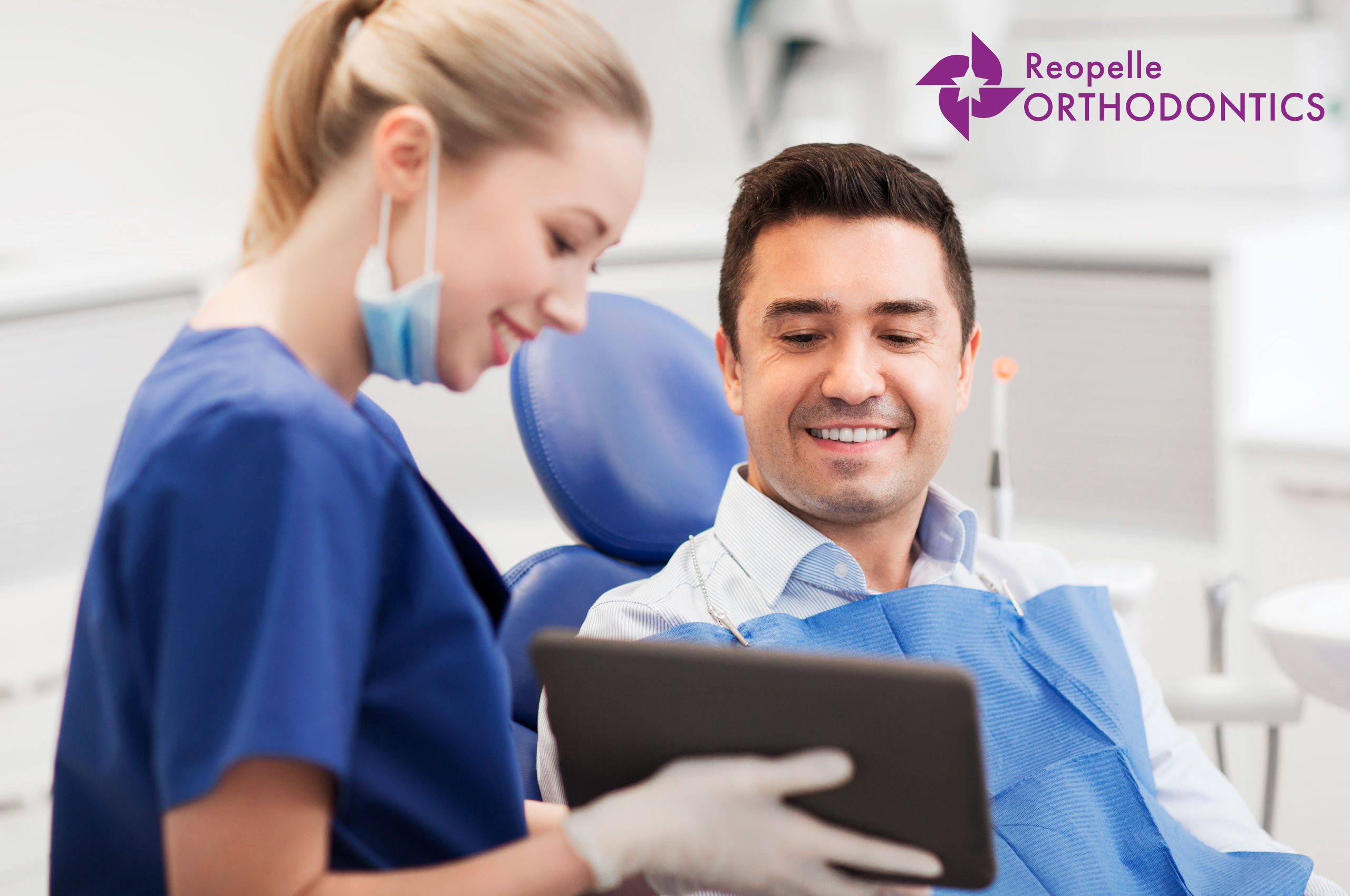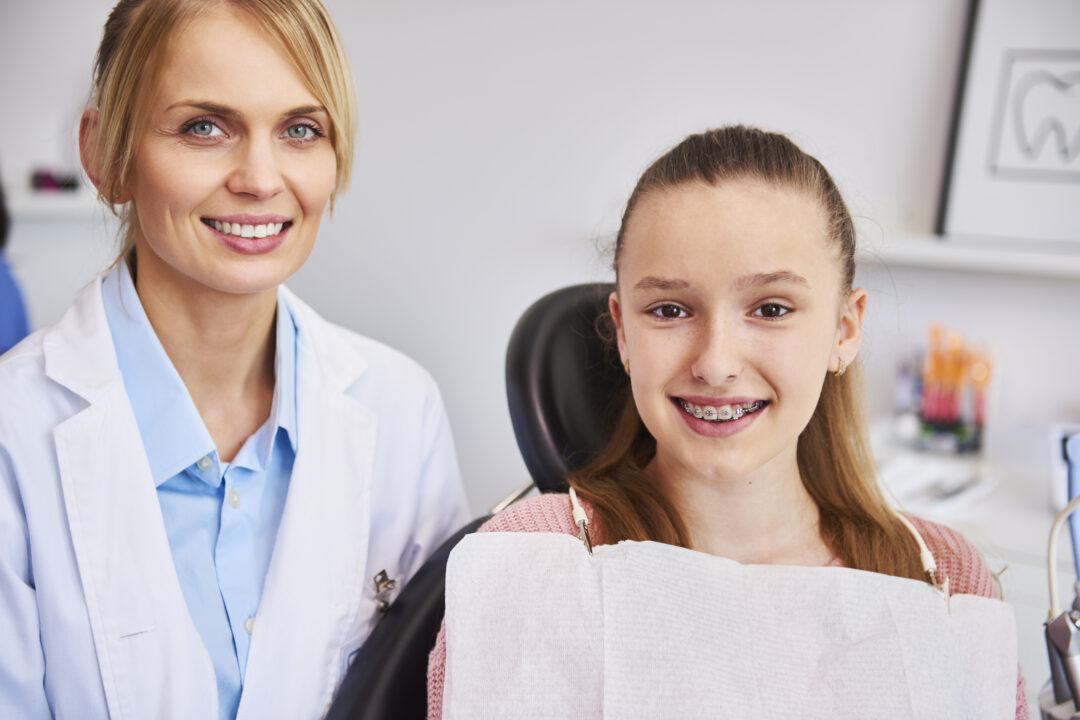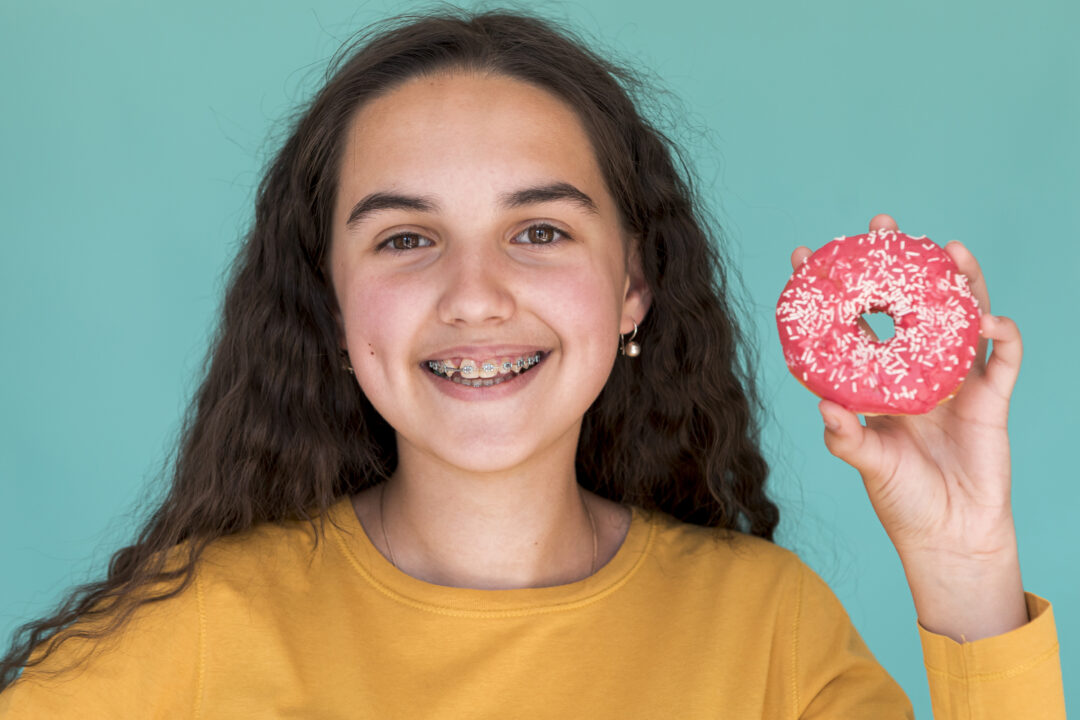How to Find the Best Orthodontist in Roanoke?

What is Orthodontics? In a few words, it is a dental specialty that enables patients to have a functional bite by aligning the teeth and repositioning the jaws. But this explanation is a little ambiguous and does not tell us the best patients can get out of it.
So, we want to go a little deeper than that and explain three important aspects of the discipline from professional, scientific, and life-changing standpoints. Keep reading this educational article about a cutting-edge view of orthodontics, and you will find data that will help you reaffirm your decision to start orthodontic treatment.
What Are the Things to Consider When Finding an Orthodontist?
First, an orthodontist is a trained and experienced professional that, according to the Bureau of Labor Statistics – BLS must possess important qualities such as good communication, leadership, organizational and problem-solving skills, dexterity in the field, and detail-oriented.
But this isn’t all. An orthodontist must accrue intense training and gain extensive experience in the residence program. According to the American Association of Orthodontists – AAO, it takes about 10 to 11 years to become a certified and licensed orthodontist. But how is that? Take a look at the path to becoming licensed as follows:
- Four years at an Accredited Undergraduate School, preferably with a bachelor’s degree in a biology or chemistry area.
- Four years at an accredited Dental School. Before entering the program, a candidate must pass a Dental Admission Test and follow a thorough process that includes interviews and a grade point average analysis.
- Three years at an accredited residency program. A candidate for the orthodontic specialty must earn a Doctor of Dental Surgery (DDS) or Doctor of Medicine in Dentistry (DMD) degree and pass a National Board Dental Examination before applying for Postdoctoral Training in the Orthodontic area.
Orthodontic specialty training and continuous education never stop. The most formidable part of being an orthodontist is the passion and eagerness to be up-to-date with the scientific advancements of the field and the latest treatments and therapies available to reconcile with the current discipline innovations.
What Does It Mean to Be Board Certified?
A Board Certified Orthodontist by the American Board of Orthodontists – ABO, is a specialist that undergoes continuous training to guarantee patients have the latest knowledge in the specialty of orthodontics. An ABO-certified orthodontist must complete an enduring examination that comprises a written test and a clinical examination that consists of a presentation of a complex case that is then evaluated by a council of elders in the specialty.
The Board certification has a limited lasting period of 10 years. This ensures patients’ excellence in orthodontics by guaranteeing a commitment of the orthodontist to the specialty by securing a lifelong education and specialty care. ABO-certified specialists must renew their certification after every 10 years, making learning a continuum for life. But beyond ensuring excellence, what does this represent for the patient?
Enduring eleven years of academic and practical training experience is a formidable way to demonstrate that a professional is ready to treat malocclusion and obtain successful results with a healthy, functional, and beautiful smile.
But, an ABO-certified professional goes beyond their acquired knowledge and intends to apprehend knowledge continuously. This enables them to offer patients state-of-the-art procedures that are at the vanguard of scientific advances.
For patients, this represents getting from a professional, excellent professional care in the hands of a specialist that has presented before a council a complex case that includes all the required protocols of treatment and passed an enduring examination after years of constant, non-stopping study.
Also, an ABO – Certified orthodontist has the knowledge to present and plan the most suitable orthodontic treatment customized for each patient’s needs. An orthodontic specialist applies the science of physics in the human body – biomechanics using orthodontic devices that help them ensure results with a high level of certainty.
Types of Orthodontic Treatment
The sciences behind orthodontics are physics and biology. Roanoke Orthodontics uses biophysics which combines these two disciplines. More specifically, a branch of biophysics that is labeled as biomechanics.
Biomechanics is the result of applying a mechanical force on human tissue to purport a planned healing therapy or treatment. For instance, orthodontists use traditional braces to produce a displacement of teeth.
Still, first, they must accrue to understand its connection with the periodontal ligament, the alveolar bone, the full dental structure, and the resistance levels of teeth while achieving craniofacial symmetry.
To do so, an orthodontist might use orthodontic braces or clear aligners. Let’s check on what they consist of:
Traditional Metal Braces
Metal braces made of stainless steel and using NiTi wires first developed by NASA are capable of providing continuous strain while keeping high flexibility, which makes them the best option for treating moderate to severe malocclusions. However, from a cosmetic viewpoint, some patients prefer more discrete options to treat malocclusion.
Clear Ceramic Braces
These braces made of alumina oxide, commonly referred to as ceramic, mimic teeth color, making them almost imperceptible. These braces are a great option for patients seeking a more discreet option than that conventional metal for braces treatment.
However, clear ceramic braces are more susceptible to break than their metal counterparts and, in many cases, are more expensive, mostly because they require more care and bracket replacements.
Invisalign
The latest innovation in orthodontics in the last twenty years. Invisalign is an integral orthodontic system comprising intraoral scanning with the iTero device that allows orthodontists, with the help of ClinCheck Software, to show patients the expected results before the treatment begins.
Furthermore, Invisalign uses patented nanomaterials technology SmartTrack for a transparent, stain-resistant, and snuggly adaptation to the patient’s dental arches and perfect fitting in the gumline border. In summary, Invisalign offers many benefits and almost no drawbacks, making it the best solution for mild, moderate, and some complex malocclusion cases. In detail, Invisalign offers patients the following benefits:
- Enhanced traction control for an effective and quick displacement of teeth with enhanced comfort.
- Invisalign trays are detachable. Patients don’t have to follow rigorous diets. Detachable trays also make oral hygiene easier and reduce the risks of developing tooth decay problems.
- Clear aligners are almost invisible, making them the preferred option among adults and young patients.
Kids and Teens Orthodontic Treatments
There is a principle in orthodontics that relates to the biological development of human structures. The tissues, including the bony and periodontal structures, are more malleable at a young age. For this reason, it is easier to envisage the need to develop a malocclusion treatment plan in a child than in an adult.
An early approach to orthodontics helps patients avoid enduring a more invasive and traumatic treatment at an adult age. This early approach to orthodontics is better known as Early Interceptive Treatment, and it is divided into two phases as follows:
Phase-One Orthodontics
The American Dental Association – AAO recommends parents take their child for their first orthodontic visit at the age of seven when most of their baby teeth are gone, and the first permanent molars start erupting.
The first visit to an orthodontist enables the specialist to determine if there is enough space for the coming teeth and avoid overcrowding. Moreover, in some cases, the upper dental arch is not big enough to hold all teeth.
In such cases, the specialist defines the need to start phase-one orthodontic treatment with the use of functional orthodontic devices to widen the arch making room for teeth or using orthodontic techniques for guiding erupting teeth in the correct position.
Phase-Two Orthodontics
After a thorough evaluation of the child’s case, the orthodontist might start an early intervention or notice there is enough space for the remaining adult teeth to come. If so, the specialist might adopt a wait-and-see approach with follow-ups until the child reaches early adolescence, between ages 11 and 13.
Also, early adolescence marks the path for phase two of orthodontic treatm ent. By this moment, the orthodontist would have already managed to ample the space for permanent teeth eruption during the first stage. Also, the craniofacial structure and the jaws are still malleable, making it accessible to undergo treatment with braces or clear aligners to straighten teeth.
To summarize, phase one enables the specialist to make the process less traumatic if there isn’t enough room for teeth to erupt because having to create space in adolescence would require a more strenuous process. So. phase two relies on phase one to reach a functional alignment, while phase one helps lessen the hassle for the patient.
What Is a Virtual Smile Assessment?
Share your mouth pictures with Dr. Reopelle. Ask a family member to grab a phone and take pictures from various angles while you open and hold your checks with a couple of spoons. Make sure to get pictures as close as possible and from several angles.
Share these pictures with Dr. Ann Reopelle by mailing them to us or sending the pictures via text message at 540-344-2758. We will make virtual contact for an initial consultation and discuss potential orthodontic options with you.
What Is an Orthodontic Emergency?
So far, we’ve been discussing a lot about professional, scientific, and life-changing standpoints views of orthodontics. These processes are well-structured and planned. But what happens when something derails from what is expected?
Patients undergoing orthodontic treatment are not exempt from suffering an accident. Although orthodontic emergencies are rare and uncommon, they might occur. Moreover, orthodontic emergencies divide into minor emergencies and major emergencies.
Minor Orthodontic Emergencies
Minor emergencies are what we better call minor contingencies patients might be able to solve on their own temporarily. Here we list some minor contingencies and briefly describe DIY solutions for them:
Loose Bracket
A bracket might detach from a tooth hanging on the wire. Call Dr. Reopelle to receive instructions and schedule an emergency appointment. Meanwhile, avoid swallowing the brackets, as this might turn into a major emergency.
Derailed Wire
A derailed wire is a minor emergency you might handle on your own. Call Dr. Reopelle to schedule an emergency appointment. Then you might use a pencil eraser and try to reposition the wire back into the bracket clip.
Broken Wire
A broken wire might have a pointy and poking edge that might hurt the patient’s cheeks. Immediately call Dr. Reopelle and explain the situation in detail. Meanwhile, use tweezers to cut the wire carefully. Also, apply wax to the pointy edge to reduce friction against the cheeks.
Major Orthodontic Emergencies
A detached bracket might become a major problem. Swallowing a bracket might turn a minor emergency into a threatening problem. In these circumstances, call Dr. Reopelle, as you might need immediate emergency care.
In other circumstances, patients might suffer trauma from playing sports or having an accident compromising the mouth. If you are still conscious, you might require immediate emergency care. Call 911 and then contact a family member or a friend to drive you to the emergency room and then call Dr. Reopelle as soon as you can.
The Best Professional Has the Training, Skills, and The Drive To Serve
What are the things to consider when finding an orthodontist? This was the initial question we wanted to address in this article, and you got it right. Your preferred orthodontic specialist must be competent and have the skills and endorsements that guarantee excellent care.
But far beyond the intrinsic nature of professional competency, your orthodontist must care about you and provide a warmhearted service that places you, the patient, first with a personalized treatment plan. Schedule an appointment for you and your family and start receiving exceptional 5-Star treatment with virtual consultations and an outstanding orthodontic experience and care for a healthy and beautiful smile that lasts a lifetime.



